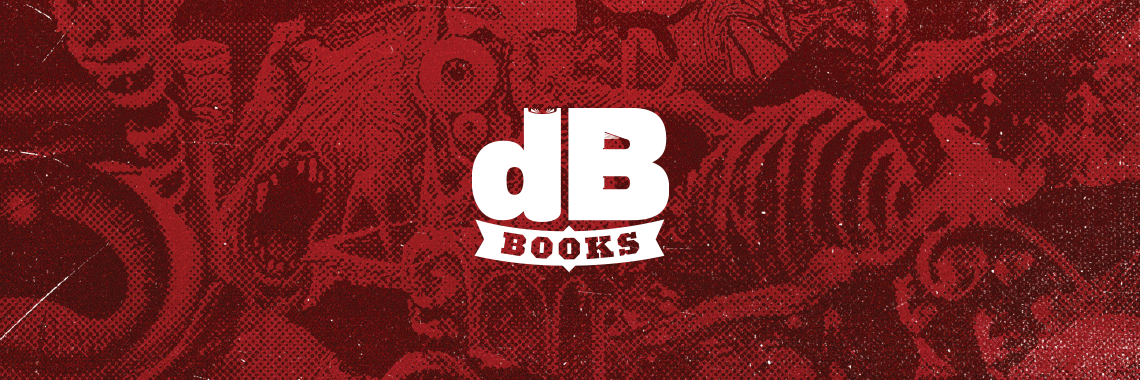
dB HoF NO. 71
Nemesis Divina
Label: Moonfog
Release date: 1996
—————————————————–
This much is known: though black metal from the kingdom was initially informed by Venom, Bathory and Hellhammer, inventive teenagers and twentysomethings in Oslo, Bergen and various towns all over the country quickly transformed it into something else. Inspired as much by Norway’s natural, almost prehistoric beauty and pre-Christian belief systems as they were angered by state-controlled Christian agendas, bands like Mayhem, Darkthrone, Emperor, Immortal, Burzum and Satyricon rebelled sonically (and, as documented elsewhere, violently). What they created wasn’t just black metal. It was Norwegian black metal.
Although the aforementioned bands—and many more—were unified under a flag of hate, there were key and often subtle philosophical and spiritual differences separating the Satanists from the Paganists. For example, even if the members of Satyricon—Sigurd Wongraven (a.k.a. Satyr) and Kjetil-Vidar Haraldstad (a.k.a. Frost)—sported anti-Christian symbols, their origins were more Paganistic. This distinction was absolutely important when debut album Dark Medieval Times saw the light of day in 1993, but by the time Nemesis Divina roared like Fenrir at Ragnarök three years later, Satyricon’s path was well-established and it was painfully obvious that if the wolfpack was running in one direction, Satyr and Frost weren’t necessarily following.
First impressions are everything. The Halvor Bodin and Stein Løken-designed cover for Nemesis Divina resembled more a piece out of Dave McKean’s workshop than art Xeroxed at dad’s office. Rich with color and symbolism, the high-end design broke seriously sacred ground. Musically, from The Shadowthrone to Nemesis Divina, the Norwegians experienced a near-magical improvement. Songs like leadoff monster “The Dawn of a New Age,” centerpiece “Mother North” and the title track were stronger than any song in Satyricon’s past. Satyr’s ever-impressive riff-making/songwriting skills displayed a maturity not found outside, say, fellow sophisticates Emperor, while Frost’s incessant volleys and ultra-fast double bass rumble helped propel songs like “Forhekset” and “Immortality Passion” into the proverbial stratosphere. Nemesis Divina was Satyricon’s finest hour and from the moment Satyr snarled “This is Armageddon!” at the opening of “The Dawn of a New Age,” black metallers—from cro-mags to the intelligentsia—collectively recognized that one of Norway’s coldest and darkest stones had proverbially traveled an impressively long mile. From the fjords, forests and mountains of Norway to the hallowed hallways at Decibel, we are hereby humbled to unlock the Hall’s huge creaky oak doors for Nemesis Divina.
To read the entire article, purchase this issue from our online store.




